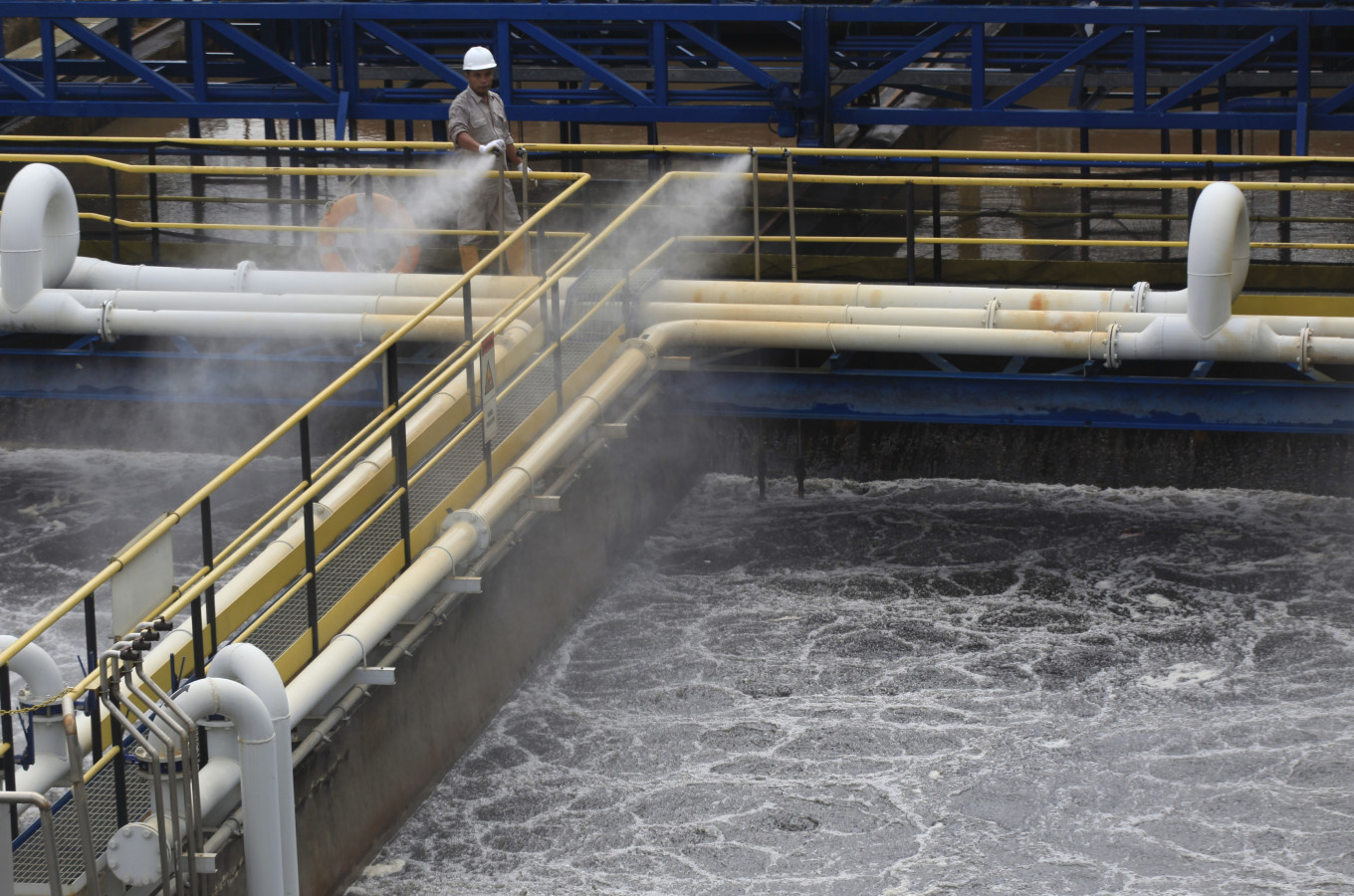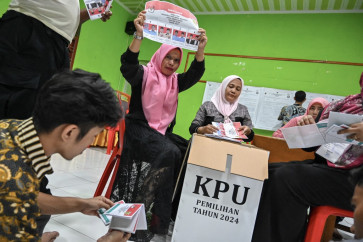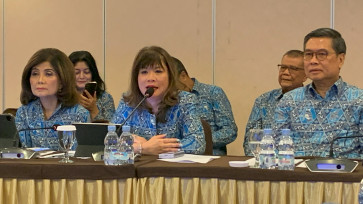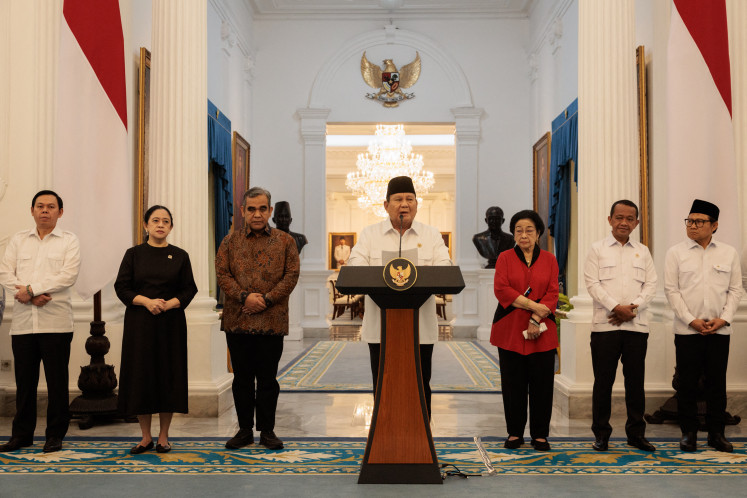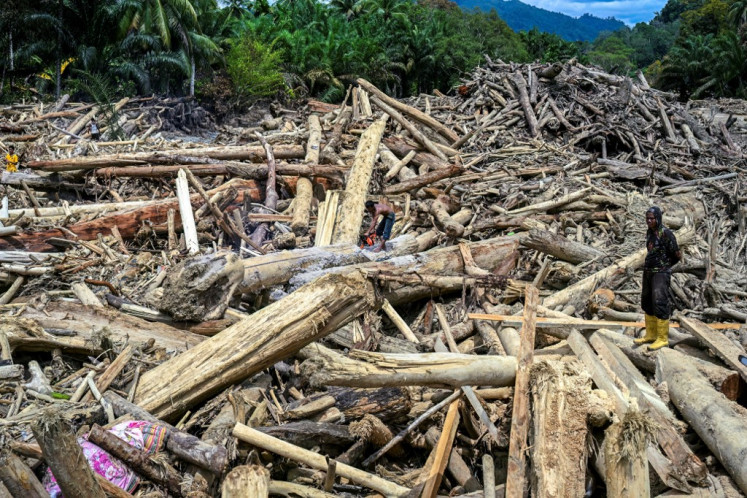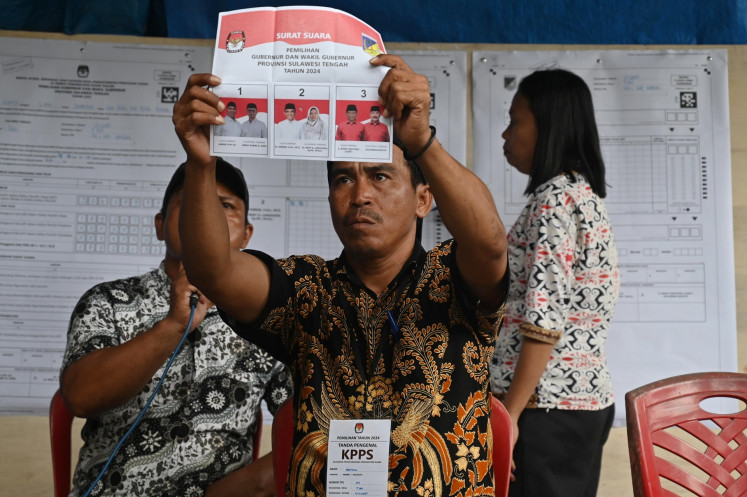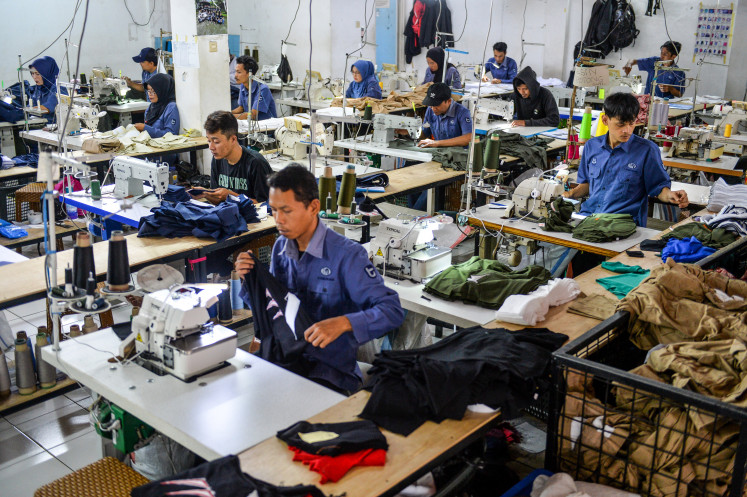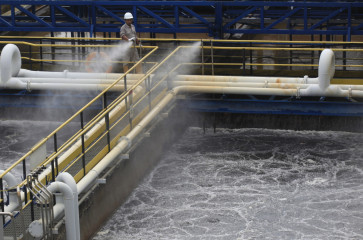Popular Reads
Top Results
Can't find what you're looking for?
View all search resultsPopular Reads
Top Results
Can't find what you're looking for?
View all search resultsA green urban water management
One of the most critical resources under increased stress in urban cities is water.
Change text size
Gift Premium Articles
to Anyone
T
oday, more than half the world’s population live in cities, according to the United Nations data, and in Asia we are expecting unprecedented growth — by 2030, megacities of 10 million inhabitants or more will be located primarily in Asia.
While urbanization is synonymous with economic growth, it can often do more harm than good if we do not have the proper infrastructure to sustain the rapid development. As epicentres of human activities, cities see intense production and consumption, using huge quantities of our limited natural resources while contributing to climate change.
One of the most critical resources under increased stress in urban cities is water. The issue is even more acute in Asia-Pacific, with the region being home to almost two-thirds of the world’s population but only having access to one-third of its usable water resources, according to World Water Council data.
For a country like Indonesia, urbanization has increased tremendously following the country’s rapid development in the 1970s. While water is not scarce in the archipelagic country with hundreds of rivers, streams and lakes, inadequate water management and infrastructure to filter and distribute clean water, along with natural landscapes taking a toll due to rapid economic development, has meant that some parts of the country continue to face water scarcity.
The impact of the rapid urban growth over our limited water resources is multi-fold: Demand for water is on the rise, while more sewage is being produced and treated, more stormwater needs to be managed and more water pollution needs to be contained.
While each city faces its own unique set of challenges when it comes to tackling sustainability, the bottom line for all is that, in order to ensure we have enough water for the next generation, we need to take a step back and rethink how cities as a whole can better manage this precious resource, be it by reassessing the urban infrastructure or by tapping into new technology.
From water and wastewater treatment plants to pipelines and reservoirs, the urban landscape is rife with grey infrastructure. However, as climate change heralds an increased intensity and frequency of extreme weather events such as heavy rainfall and flooding, these robust, human-engineered systems are crumbling under the increased pressure to manage stormwater.

